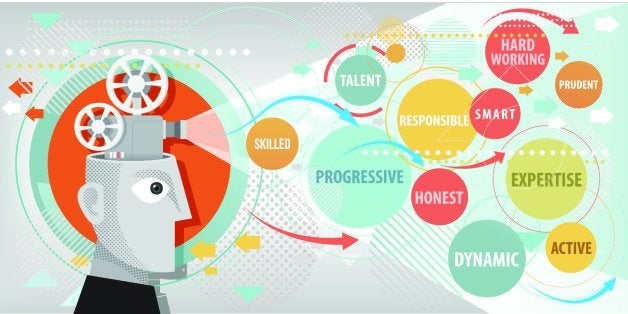
This post first appeared on Harvard Business Review's blog, and is posted in conjunction with the publication of the October 2014 issue of the magazine's feature article, "The Rise (and Likely Fall) of the Talent Economy," which can be read in full here.
I came out of a standard Keynesian economics education at Harvard College in 1979. It was remarkably closed: from what I could tell, we read Chicago economists, from whom the supply-side movement arose, exclusively to mock them.
But I graduated into an economy that was couldn't be explained by applying the tools I had been taught. And within three years of my graduation, unemployment hit 10.8%, inflation 13.5%, and the prime rate 21.5%. It was supposed to be it impossible for all of those things to happen at once.
To try to figure out what was really going on, I started reading stuff by the people we were taught in class to mock. In due course, that led me to the work of Robert Mundell, a Canadian who would go on to win a Nobel Prize in 1999. I even went to see him in his bohemian New York apartment, filled with his abstract art (painting seemed to interest him more than economics at the time).
That meeting in turn led me to a fascinating 1978 book called The Way the World Works by Jude Wanniski, a journalist. Mundell and Wanniski had better descriptions of what was happening in the economy than did my Keynesian professors, so I applied that lens to better understand the economy as it unfolded in the 1980s.
Looking back, it's become clearer to me just how situated in time the supply-side movement was. It was no accident that Arthur Laffer drew his famous curve on a napkin in 1974, that Wanniski wrote his book in 1978, and that the US tax system changed totally in 1982. The mid-1970s was an inflection point in American history: the moment when talent became recognized as the engine of economic growth. And with that recognition, economic power shifted to its suppliers. Some of the highlights:
- In 1975, baseball players fought for and were awarded free agency by arbitrator Peter Seitz -- and salaries for athletic talent across all professional sports quickly skyrocketed.
- In 1976, the famous LBO firm KKR was formed and starting charging its clients 2% of assets under management and 20% of the upside they created for their clients, opening the door to massive wealth accumulation for high-flying fund management talent.
- Also in 1976, Michael Jensen and William Meckling wrote their famous article that set loose a frenzy of stock-based compensation for executives that would made todays CEOs richer than the wildest dreams of their 1960s counterparts.
- In 1977, the movie Star Wars was released, with sequels following in 1980 and 1983. In the wake of this epochal hit producer George Lucas negotiated an unprecedented deal from Paramount Pictures for 50% of the gross profit (i.e. before overhead and marketing and distribution costs) of his next project, the 1981 blockbuster Raiders of the Lost Ark, in exchange for producing the movie, which made him a multi-billionaire and changed the balance of power between stars and studios.
The journey of supply-side economics from a napkin in 1974 to the White House in 1981 did not take place in a vacuum. It took place in the fertile environment of the 1970s when the world woke up to the importance of talent and its incentives. And when the world did, talent responded: "You are right. I deserve more, in fact lots more."
As with all theoretical revolutions, supply-side economics revealed its shortcomings when put to use and its star has now faded. But it held sway in the halls of power in the early days of the talent revolution -- a decade whose seismic shift is still sending out aftershocks.
To read "The Rise (and Likely Fall) of the Talent Economy," click here.